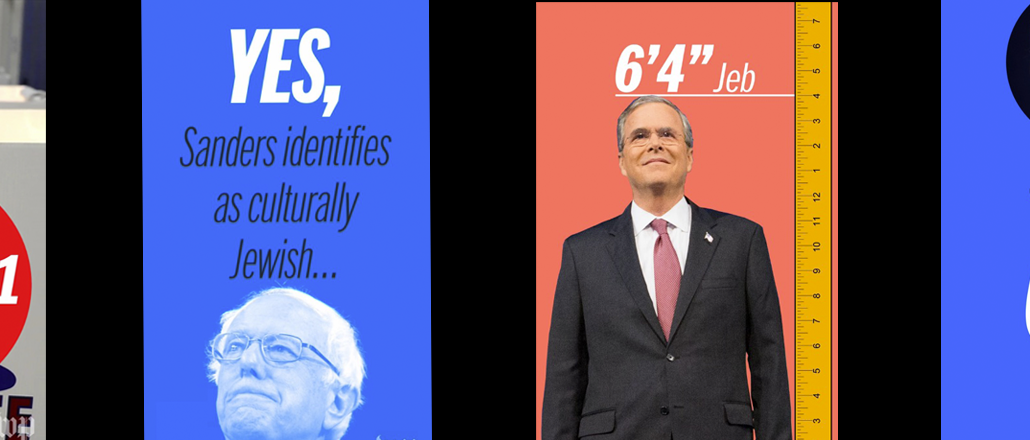
If vertical video is going to be the next big advertising formula, The Washington Post wants to get out in front of it. The Post hopes to help its advertisers create the new style of ad, made popular by Snapchat, and let clients run their custom videos anywhere that builds vertically, on desktop or mobile.
The Post’s video ad service, called FlexPlay, had its first campaign with Lincoln hit the website last month. Brands hand over their creative assets, and the Post’s ad tech team converts them into different formats, ready to run on desktop, mobile Web and in app.
Lincoln wanted to run vertical video that ran in the news stream on Washington Post’s mobile site, and in the vertical half-page position on desktop. The Washington Post’s tech and design team do the editing and can convert videos into vertical, 360 degree, and in the future virtual reality.
“We’re not just saying we’re jumping into vertical video; we’re already doing it editorially, and we’re actually doing it with brands,” said Jarrod Dicker, head of ad products at the Post. “And the reason why we’re able to be on the forefront of that and be able to do cross-platform is because of this technology.”
The average CPM for ads on The Post’s website ranges from $5 to $50 depending on how the ad is targeted and on what page it is served, Dicker said. For the custom ads, The Post charges an extra $3 CPM above the base price. Brands can run the creative elsewhere at whatever price they get through ad networks, plus the $3 premium for the Post. None of the advertisers have done so yet, but Dicker said he hopes that once clients see the performance, they’ll demand that rival publishers start running them.
“Publishers have historically and continue to offer creative services to clients and to agencies, where agencies are interested in working with them,”said Susan Bidel, a senior analyst at Forrester. “A minority of clients take them up on it because it’s time-consuming and doesn’t generally fit within their broader goals of scale.”
Just last week, Hearst launched its own vertical video ad unit for its mobile websites. Vertical video is becoming more pervasive as more millennials consume content only on their phones. It has also become more prevalent on desktop, too, as publishers like the Post run these ads in the half-page vertical position, which used to be only a static banner.
There are seven vertical ad campaigns in the works with brands, including ones with Bank of America and Raytheon, according to the Post. Some of those brands plan to run their vertical ads outside The Post’s properties, Dicker said. Early results show that the video ads, which run up to 15 seconds long, get a more than 50 percent completion rate, Dicker said.
The Post pushes the format in almost every sales call, Dicker said. His research and development team is comprised of eight people, supporting a larger sales organization of 60, mostly based in New York. He has five engineers, a designer and a user interface expert, helping build the platform.
“The technology we built was out of convenience to help our advertisers and brands enter a creative realm that otherwise would be hard for them to get into,” Dicker said.
More in Media

YouTube is under fire again, this time over child protection
Adalytics Research asks, ‘Are YouTube advertisers inadvertently harvesting data from millions of children?’

Media Briefing: Publishers pump up per-subscriber revenue amid ad revenue declines
Publishers’ Q2 earnings reveal digital advertising is still in a tight spot, but digital subscriptions are picking up steam.

Lessons for AI from the ad-tech era: ‘We’re living in a memory-less world’
Experts reflect how the failures of social media and online advertising can help the industry improve the next era of innovation.
Ad position: web_bfu